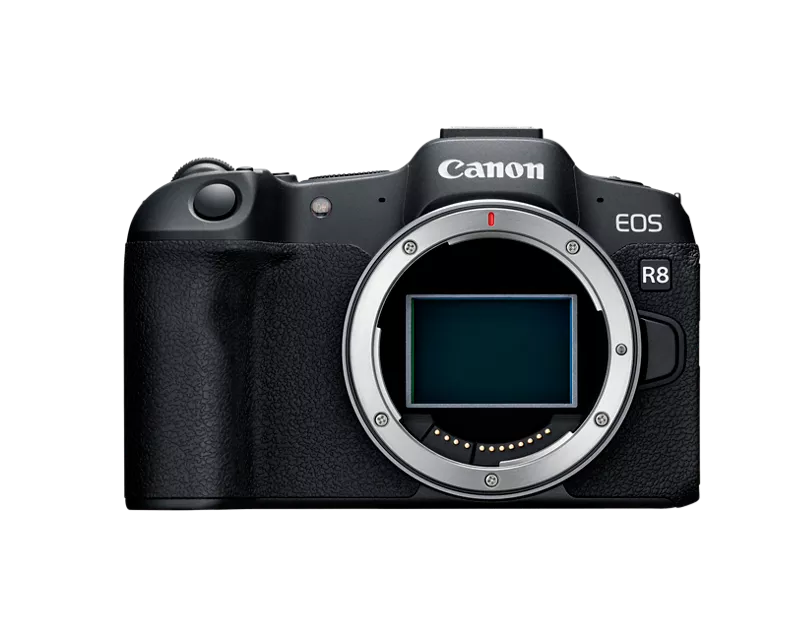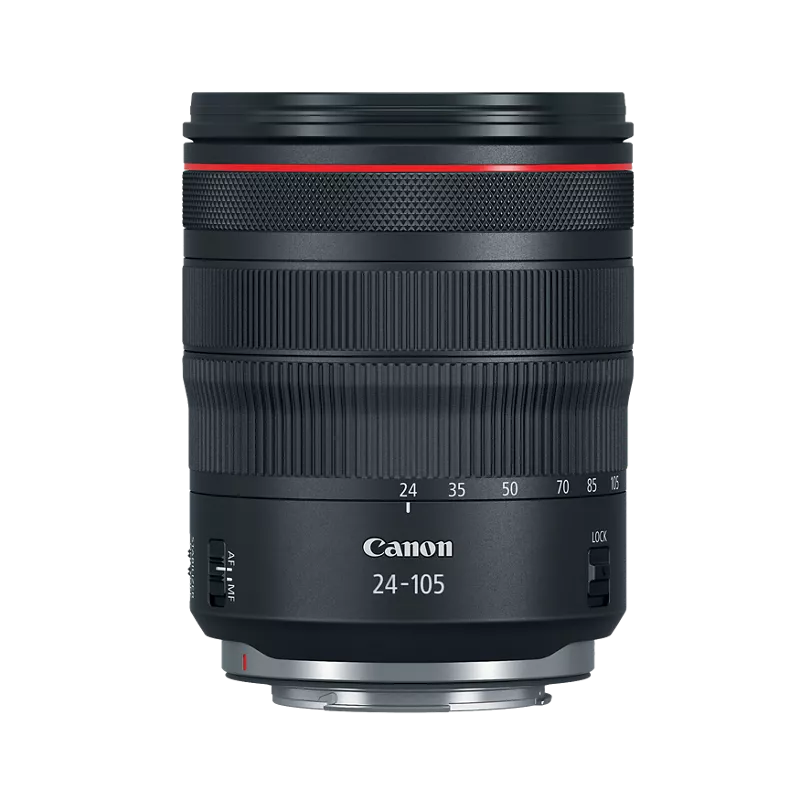- Canon Community
- Discussions & Help
- Camera
- EOS DSLR & Mirrorless Cameras
- EOS R8 Digital Lens Optimizer in High has poor wri...
- Subscribe to RSS Feed
- Mark Topic as New
- Mark Topic as Read
- Float this Topic for Current User
- Bookmark
- Subscribe
- Mute
- Printer Friendly Page
- Mark as New
- Bookmark
- Subscribe
- Mute
- Subscribe to RSS Feed
- Permalink
- Report Inappropriate Content
07-02-2025
06:30 AM
- last edited on
07-02-2025
08:17 AM
by
Danny
Hello Everyone,
I´ve notice that when I set Digital Lens Optimizer to High in the Lens aberration correction menu I get really low write speeds. Is it something expected or is it a bug? I´m using a V60 SD card, without that option I can shoot in continuos mode without even getting the buffer filled so it´s unlikely to be a SD card issue.
Solved! Go to Solution.
Accepted Solutions
- Mark as New
- Bookmark
- Subscribe
- Mute
- Subscribe to RSS Feed
- Permalink
- Report Inappropriate Content
07-02-2025 12:14 PM
It’s probably normal. I never use it myself, in fact, I am not sure if I ever have.
What does it do? It corrects for common distortions created by certain lenses. It can become time consuming to perform. Lens correction is best performed in post.
Which lenses? Mostly third party lenses. Canon has a library of lens correction templates for their lenses. The templates are optimized by lens, and be applied a little faster than DLO, which requires more CPU power and time.
If you’re saving your files as JPG, then you may need to allow the camera to perform use the DLO. Most users disable it in the camera, so that they can apply it in post using a computer.
If you are saving files in RAW format, then no lens correction is applied in the camera. Lens correction is applied in post.
It is highly desirable to use Canon lenses, because the free DPP app from Canon is optimized for Canon lenses. It’s not compatible with third party lenses, which is why Canon provides the DLO tool.
"Enjoying photography since 1972."
- Mark as New
- Bookmark
- Subscribe
- Mute
- Subscribe to RSS Feed
- Permalink
- Report Inappropriate Content
07-02-2025 12:14 PM
DLO creates a lot of processor overhead so I suspect a lot of that time is processor loading instead of just data transfer.
I only shoot RAW and do all of that in post. If you are shooting JPG then you need to use these options in camera but if you are shooting in RAW, then turn off options including DLO and NR and do those in post. For me, this type of work is better suited for my HP Z series workstation instead of in the camera body.
Rodger
- Mark as New
- Bookmark
- Subscribe
- Mute
- Subscribe to RSS Feed
- Permalink
- Report Inappropriate Content
07-02-2025 12:14 PM
It’s probably normal. I never use it myself, in fact, I am not sure if I ever have.
What does it do? It corrects for common distortions created by certain lenses. It can become time consuming to perform. Lens correction is best performed in post.
Which lenses? Mostly third party lenses. Canon has a library of lens correction templates for their lenses. The templates are optimized by lens, and be applied a little faster than DLO, which requires more CPU power and time.
If you’re saving your files as JPG, then you may need to allow the camera to perform use the DLO. Most users disable it in the camera, so that they can apply it in post using a computer.
If you are saving files in RAW format, then no lens correction is applied in the camera. Lens correction is applied in post.
It is highly desirable to use Canon lenses, because the free DPP app from Canon is optimized for Canon lenses. It’s not compatible with third party lenses, which is why Canon provides the DLO tool.
"Enjoying photography since 1972."
- Mark as New
- Bookmark
- Subscribe
- Mute
- Subscribe to RSS Feed
- Permalink
- Report Inappropriate Content
07-02-2025 12:14 PM
DLO creates a lot of processor overhead so I suspect a lot of that time is processor loading instead of just data transfer.
I only shoot RAW and do all of that in post. If you are shooting JPG then you need to use these options in camera but if you are shooting in RAW, then turn off options including DLO and NR and do those in post. For me, this type of work is better suited for my HP Z series workstation instead of in the camera body.
Rodger
- Mark as New
- Bookmark
- Subscribe
- Mute
- Subscribe to RSS Feed
- Permalink
- Report Inappropriate Content
07-02-2025 05:00 PM
I set DLO to standard in the camera because then in DPP I can see what level the camera would have chosen. If I were not using the JPG or HIF files and were editing the CR3 file in other software, then I would disable DLO. The Richardson/Lucy deconvolution to remove small aperture refraction blur and remove blur caused by the anti-aliasing filter can take a long time to calculate. It also takes a long time in the "capture sharpening" in rawtherapee. If there is high ISO noise in the photo, then the camera will reduce the number of iterations and it will take less time.
Quoting the manual for my camera:
Image processing after you shoot takes longer when set to [High] (which causes the access lamp to be illuminated longer). Maximum burst is lower with [High]. Image recording to the card also takes longer. Depending on shooting conditions, noise may be intensified together with the effects of correction. Image edges may also be emphasized. Adjust Picture Style sharpness or set [Digital Lens Optimizer] to [Disable] as needed before shooting. The higher the ISO speed, the lower the amount of correction will be. For movie recording, [Digital Lens Optimizer] will not appear. (Correction is not possible.) The effect of Digital Lens Optimizer cannot be checked on the screen at the time of shooting.
https://en.wikipedia.org/wiki/Richardson%E2%80%93Lucy_deconvolution
https://en.wikipedia.org/wiki/Airy_disk
12/18/2025: New firmware updates are available.
12/15/2025: New firmware update available for EOS C50 - Version 1.0.1.1
11/20/2025: New firmware updates are available.
EOS R5 Mark II - Version 1.2.0
PowerShot G7 X Mark III - Version 1.4.0
PowerShot SX740 HS - Version 1.0.2
10/21/2025: Service Notice: To Users of the Compact Digital Camera PowerShot V1
10/15/2025: New firmware updates are available.
Speedlite EL-5 - Version 1.2.0
Speedlite EL-1 - Version 1.1.0
Speedlite Transmitter ST-E10 - Version 1.2.0
07/28/2025: Notice of Free Repair Service for the Mirrorless Camera EOS R50 (Black)
7/17/2025: New firmware updates are available.
05/21/2025: New firmware update available for EOS C500 Mark II - Version 1.1.5.1
02/20/2025: New firmware updates are available.
RF70-200mm F2.8 L IS USM Z - Version 1.0.6
RF24-105mm F2.8 L IS USM Z - Version 1.0.9
RF100-300mm F2.8 L IS USM - Version 1.0.8
- EOS R5 Mark II - Firmware Update - Anticipated Changes Coming In v1.1.0 in Camera Software
- Why oh why do I keep using DPP... in Camera Software
- DPP Help with digital lens optimizer, seeking instruction manual in Camera Software
- R5 and RF 24-70 f2.8 IS USM chromatic aberration in RAW in EOS DSLR & Mirrorless Cameras
Canon U.S.A Inc. All Rights Reserved. Reproduction in whole or part without permission is prohibited.






